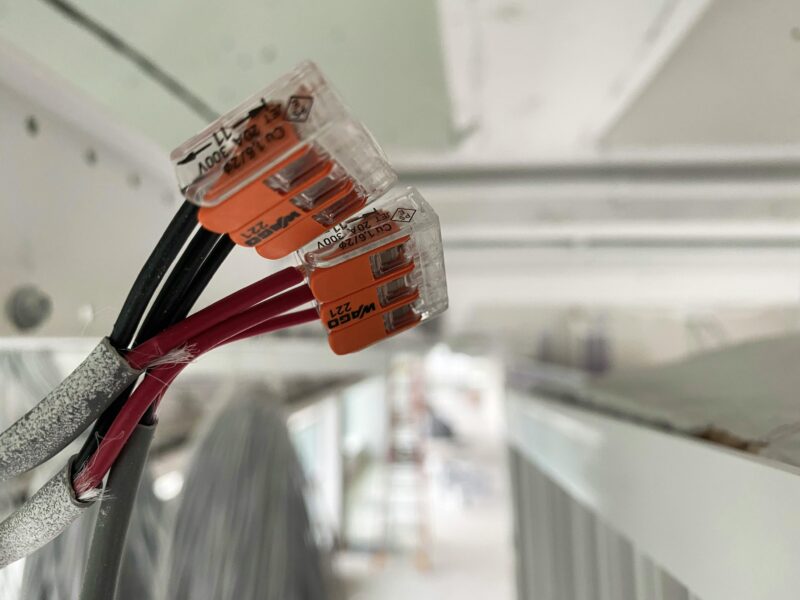Ever wondered if you can legally and safely splice electrical wires without a junction box? It’s a question that sparks curiosity, especially during home improvement projects or DIY repairs. Let’s shed some light on when a junction box is required and explore certain exceptions to this rule.

In most cases, electrical splices must be housed in a junction box to comply with safety standards and the National Electrical Code (NEC). These boxes provide essential protection, preventing accidental contact with live wires and reducing fire risks from exposed connections. Using accessories like solderless connectors can also enhance safety and ensure reliable connections.
While it’s not the norm, some scenarios allow splicing electrical wires without a junction box. Here are the key exceptions:
Though it’s not ideal, you may encounter open-air splices in unconventional or practical applications. For example, temporary lighting stringers on commercial jobs occasionally feature such splices, especially when adhering strictly to code isn’t feasible. However, this should be approached with caution as it can compromise safety. In these cases, employing additional safeguards, such as versatile heat shrink tubing, can help secure and insulate exposed wire ends effectively.

The table below breaks down some key types of installations and their junction box requirements:
| Installation Type | Junction Box Required | Notes |
|---|---|---|
| Basic Indoor Wiring | Yes | Must comply with NEC standards |
| Outdoor Overhead Conductors | No | Generally exempt under utility work |
| Underground UF Cable | No | Splices must be properly insulated |
It’s essential to be mindful of NEC regulations and safety standards before opting for any splice without a junction box. While certain situations permit exceptions, prioritizing proper enclosures is always a safer bet to prevent hazards.
Have you come across interesting or unconventional scenarios involving electrical splices? Share your thoughts or experiences in the comments below!
No, it is not safe to splice electrical wires without a junction box. Building codes require all wire connections to be enclosed in a junction box to prevent fire hazards and ensure proper insulation. Always follow local code regulations for safety.
Surface-mounted devices, such as wire connectors or conduit fittings, can sometimes be used, but they must comply with electrical codes and be securely mounted. These alternatives are designed to provide similar protection as a junction box.
Common problems include loose connections, overheating, incorrect wire gauge matching, and failure to properly insulate the splice. These issues can create electrical hazards and violate building codes.
To splice wires properly, turn off the power, use wire nuts to connect wires of the same gauge, and secure the connection inside a junction box. If unsure, consult a licensed electrician to ensure a safe and code-compliant connection.
You should hire a professional if you are not confident in your electrician skills, need to meet strict building code requirements, or the wiring involves high-risk or complex configurations.
As we wrap up our exploration of electrical splicing without the need for a junction box, we're eager to hear your thoughts, share a few tips, or maybe even your own DIY stories. Are you embarking on a home improvement project soon? If you found the information helpful, or have questions we haven't covered yet, don't hesitate to join the conversation with us! We're buzzing with creative ideas and practical insights over on Pinterest, and you can always sneak a peek behind the scenes by following us on Instagram. For the latest updates on our inventive journeys, chatter, and even an occasional electrical pun or two, make sure to follow us on X (formerly Twitter) and Facebook. Let's stay connected and spark more inspiring conversations together!

Immerse yourself in architecture’s most boundary-pushing ideas—where innovative home improvements meet visionary urban developments. Discover new building techniques, materials, and creative concepts that are redefining how we shape our spaces on a global scale.